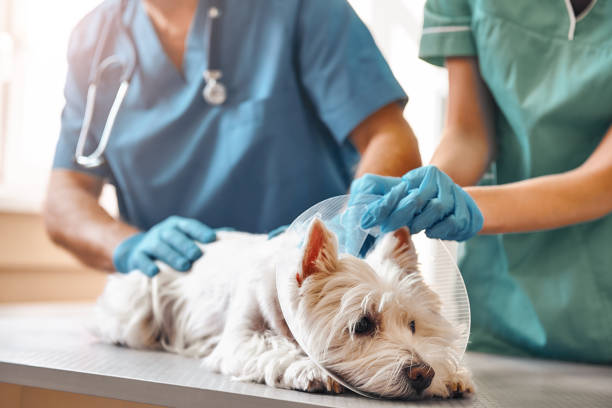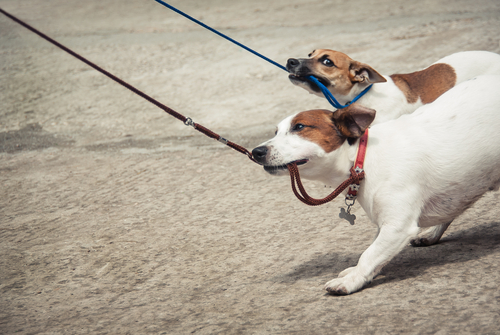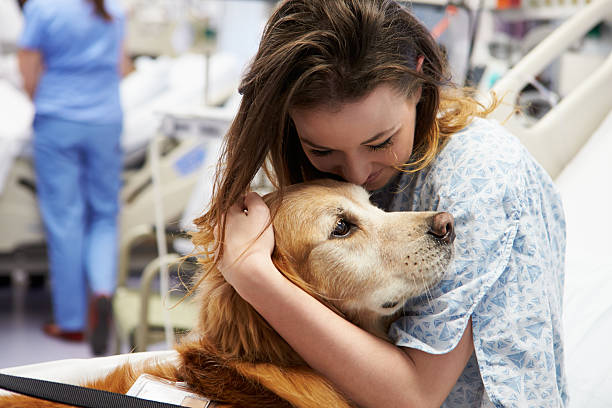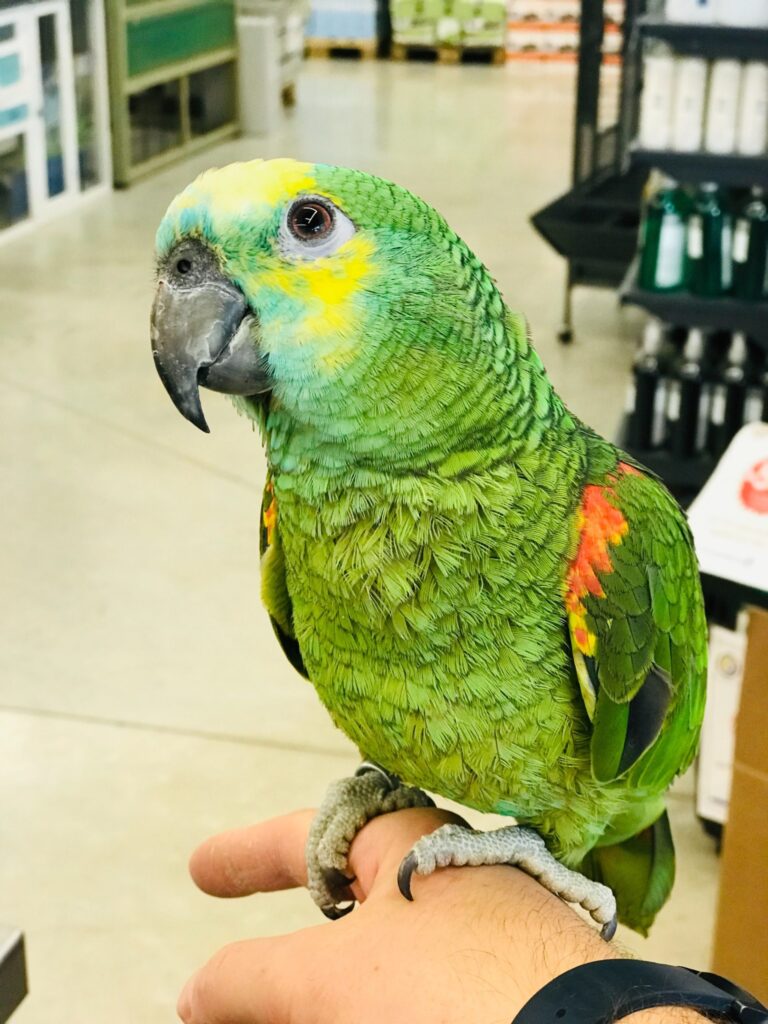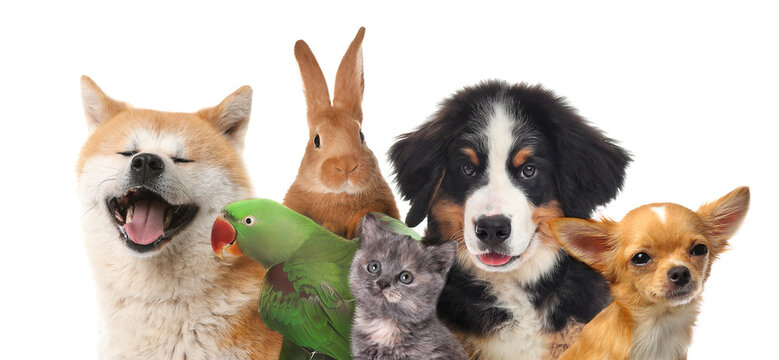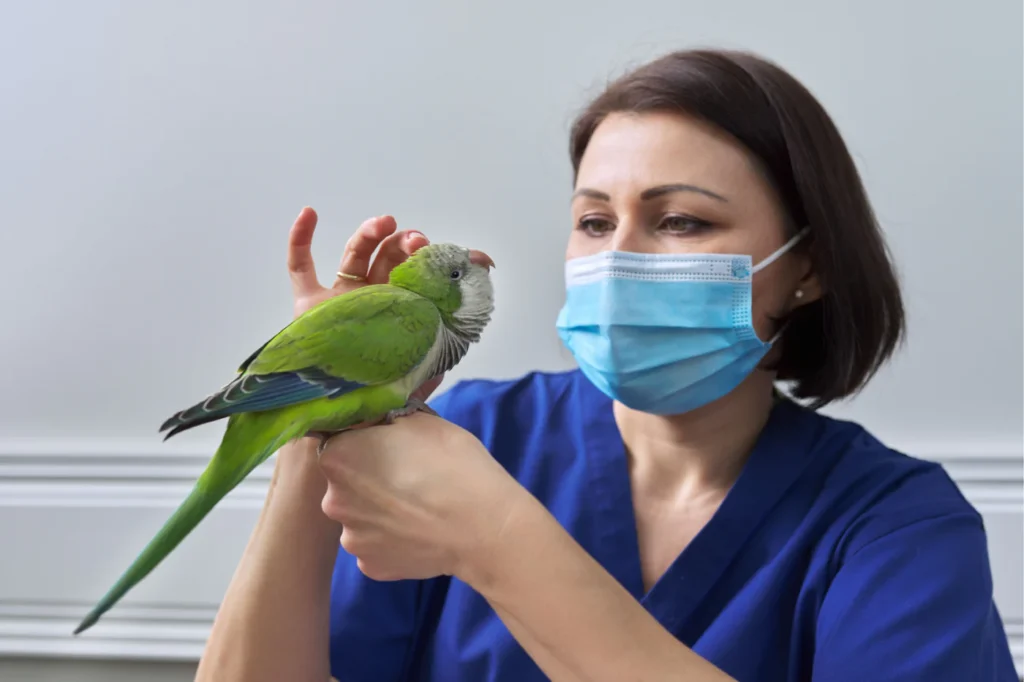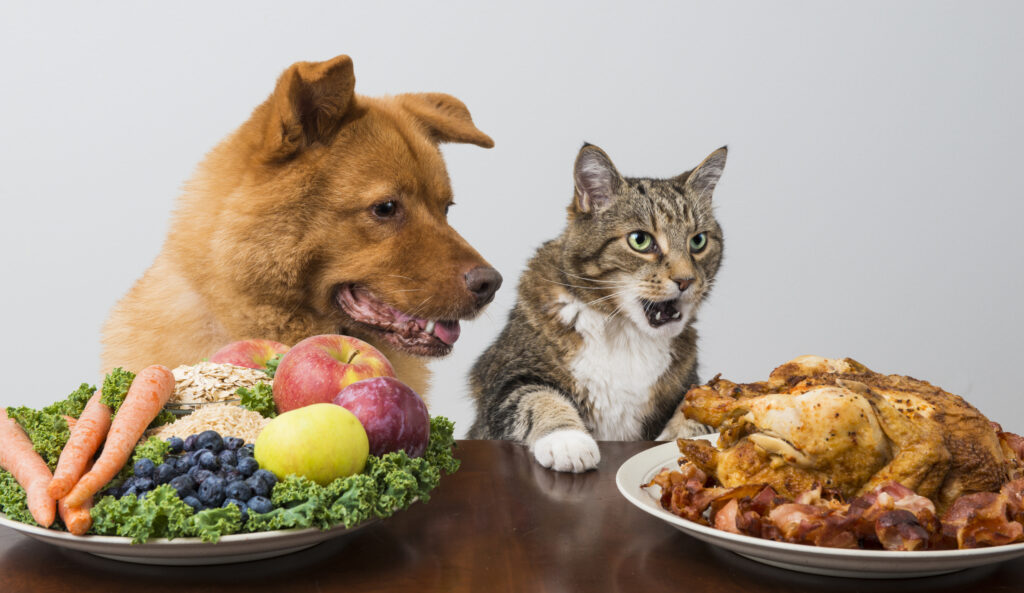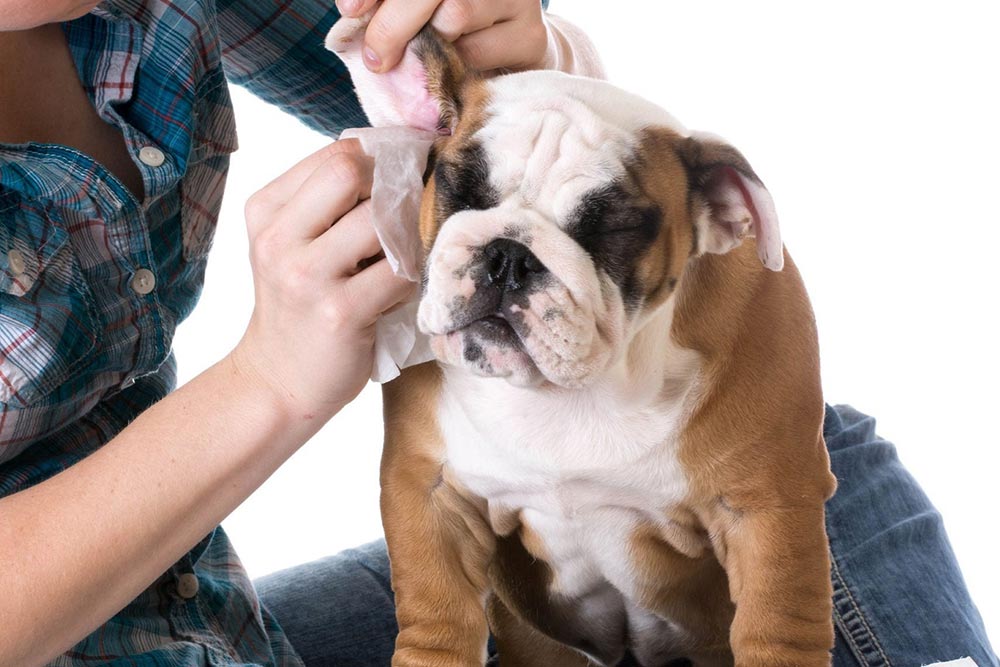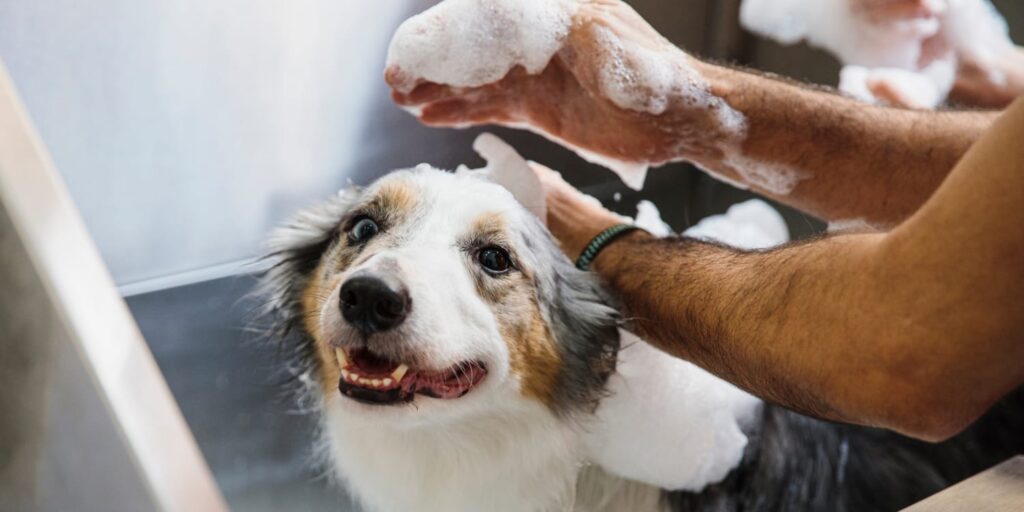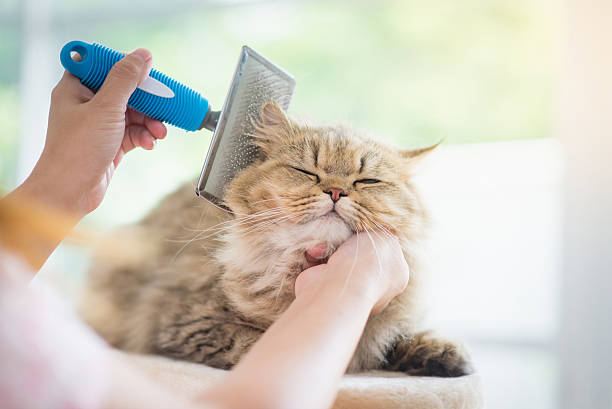Raw Food Diets for Dogs: Uncovering the Advantages and Disadvantages
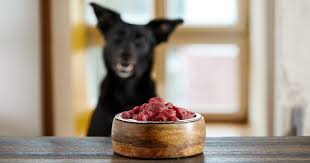
Are you curious about the buzz surrounding raw food diets for dogs? As pet owners, we all want what’s best for our furry companions, but navigating the world of canine nutrition can be unsettling.
Raw food diets have gained popularity in recent years, with advocates touting numerous health benefits. However, like any dietary approach, there are both advantages and potential drawbacks to consider.
In this article, we’ll discuss the advantages and disadvantages of raw food diets for dogs, providing you with valuable insights to make informed decisions about your pet’s nutrition.
What Is A Raw Food Diets for Dogs?
A raw diet for dogs, also known as a raw food diet, is a feeding approach that consists of uncooked, unprocessed ingredients typically found in the natural diet of dogs’ ancestors. This includes raw meat (muscle and organ meat), bones, fruits, vegetables, and sometimes dairy products or supplements.
Research and scientific studies have explored the potential benefits and drawbacks of raw diets for dogs. Advocates of raw diets argue that such diets mimic what dogs would eat in the wild, emphasizing the evolutionary aspect of canine nutrition. They also claim advantages ranging from extended lifespan to enhanced dental hygiene, skin health, overall well-being, and even the potential for resolving health issues.
The limited availability of well-founded research on these diets poses challenges for veterinarians in advising pet owners about this feeding approach. Nonetheless, several organizations have issued cautions against feeding raw or undercooked animal-based proteins to dogs and cats, including:
- American Animal Hospital Association (AAHA)
- American Veterinary Medical Association (AVMA)
- Centers for Disease Control and Prevention (CDC)
- Food and Drug Administration Center for Veterinary Medicine (FDA CVM)
- Canadian Veterinary Medical Association (CVMA)
Areas of Controversy Surrounding Raw Food Diets for Dogs and Cats
The debate surrounding raw food diets for dogs and cats encompasses various areas of controversy, reflecting the complexity and diversity of opinions within the veterinary and pet owner communities. These diets, which consist of uncooked ingredients like meat, bones, and vegetables, have both proponents and critics, each presenting valid arguments based on different perspectives and experiences.
- One of the primary areas of contention is the nutritional balance of raw diets. advocates argue that such diets mimic a more natural and species-appropriate way of eating for dogs and cats, as their ancestors in the wild consumed raw prey. They believe that raw diets provide essential nutrients in their most natural form, promoting better overall health, improved coat condition, and increased energy levels.
However, critics point out that formulating a nutritionally complete raw diet requires careful attention to detail and expertise. Without proper knowledge and planning, raw diets can lead to nutrient deficiencies or imbalances, potentially causing health problems over time.
- Another significant concern is the risk of pathogen exposure associated with raw food diets. Raw meat, bones, and other ingredients can be contaminated with bacteria such as Salmonella, E. coli, or Listeria. While advocates argue that pets have natural defenses against these pathogens, critics highlight the potential dangers to both animals and humans.
Pets consuming raw diets may shed these bacteria in their faeces, increasing the risk of transmission to humans, especially those with weakened immune systems. This concern has led regulatory bodies and health organizations to issue warnings about handling raw pet food safely and practicing good hygiene.
- The impact of raw diets on digestive health is another area of debate. Advocates claim that raw diets support better digestion and can alleviate issues like food allergies or sensitivities. They argue that the absence of processed ingredients and additives benefits gastrointestinal health.
On the contrary, opponents raise concerns about the potential risks of pancreatitis, gastrointestinal obstruction, or perforation from bones in raw diets. The debate extends to dental health as well, with some proponents suggesting that raw bones promote dental hygiene by reducing plaque and tartar.
However, opponents caution about the risk of dental fractures, oral injuries, or digestive blockages from bones, especially in aggressive chewers or pets with dental issues.
- Cost and convenience are practical considerations that also factor into the discussion. Raw diets can be more expensive than commercial pet foods, especially if sourced from high-quality ingredients or specialty suppliers. Additionally, preparing raw meals at home or purchasing pre-made raw diets requires time, effort, and storage considerations that may not be feasible for all pet owners.
Related: Senior Pet Nutrition
Potential Advantages of Raw Food Diets for Dogs
According to the advocates of this feeding approach, here are some potential advantages of raw food diets for dogs:
- Nutritional Value: Raw diets are believed to offer essential nutrients in their natural form, potentially providing a more balanced and bioavailable source of nutrition compared to heavily processed commercial pet foods. It’s argued that raw diets can support better overall health, improved coat condition, and increased energy levels in dogs.
- Dental Health: Chewing raw bones is often touted as beneficial for dental health in dogs. The act of gnawing on bones may help reduce plaque and tartar buildup, leading to healthier teeth and gums. This natural dental care approach is favored by some pet owners seeking alternatives to dental chews or cleanings.
- Potential Allergy Management: Some dogs with food allergies or sensitivities may benefit from raw diets, especially if they are allergic to specific ingredients commonly found in commercial pet foods. By eliminating common allergens and additives, raw diets can potentially alleviate skin issues, digestive discomfort, and other allergy-related symptoms in sensitive dogs.
- Weight Management: People who stand for raw diets for dogs suggest that these diets can assist in weight management for overweight or obese dogs. The emphasis on natural, unprocessed ingredients without excessive carbohydrates or fillers may help maintain a healthy weight and support muscle development in dogs.
- Improved Digestion: Raw diets are often associated with improved digestion and reduced gastrointestinal issues in some dogs. The absence of artificial additives, preservatives, and fillers commonly found in commercial pet foods can lead to easier digestion and firmer stools in dogs with sensitive stomachs or digestive disorders.
- Enhanced Coat and Skin Health: Advocates of raw feeding claim that the natural nutrients present in raw ingredients contribute to healthier skin and coat in dogs. This can result in reduced shedding, less dandruff, and a shinier, more lustrous coat, reflecting overall canine well-being.
- Increased Palatability: Some dogs may find raw diets more palatable than processed kibble or canned foods, leading to better appetite and enjoyment during meal times. This increased palatability can be beneficial for picky eaters or dogs with decreased appetite due to age or medical conditions.
It’s important to know that while these potential advantages are often cited by advocates of raw food diets for dogs, individual results may vary depending on factors such as the specific diet formulation, the dog’s age, health status, and activity level, as well as proper veterinary guidance and oversight. As with any dietary change, consulting with a veterinarian is crucial to ensure that a raw food diet meets the nutritional needs of each unique dog and addresses any specific health considerations.
Potential Disadvantages of Raw Food Diets for Dogs
While raw food diets for dogs have gained popularity, it’s essential to consider potential disadvantages associated with this feeding approach:
- Risk of Nutritional Imbalance: One of the main concerns with raw diets is the potential for nutritional imbalances. Dogs require a balanced diet with the right proportions of protein, fats, carbohydrates, vitamins, and minerals. Without careful planning and supervision, homemade raw diets may lack essential nutrients or provide them in incorrect ratios, leading to deficiencies or excesses that can impact the dog’s health over time.
- Bacterial Contamination: Raw meat and bones can harbor harmful bacteria such as Salmonella, E. coli, and Listeria. Dogs consuming raw diets can be exposed to these pathogens, posing risks not only to their health but also to humans in contact with the pet or their environment. Young children, elderly individuals, and immunocompromised individuals are especially vulnerable.
- Parasitic Infections: In addition to bacteria, raw meat can contain parasites like Toxoplasma and parasites commonly found in raw fish. These parasites can cause a range of health issues in dogs, including gastrointestinal problems, organ damage, and systemic infections. Proper freezing or cooking can reduce parasite risk, but raw diets may still pose a threat if not handled correctly.
- Potential Choking and Injury: Feeding raw bones, especially weight-bearing bones or improperly sized bones, can lead to choking, dental fractures, or gastrointestinal obstructions in dogs. Bones can splinter or cause dental damage, requiring emergency veterinary care. Some advocates recommend feeding raw bones under supervision, but this practice still carries inherent risks.
- Digestive Upsets: Switching to a raw diet abruptly or without gradual transition can cause digestive upsets such as diarrhea, vomiting, or pancreatitis in dogs. Sudden dietary changes can disrupt the balance of gut bacteria and overwhelm the digestive system, particularly in dogs with sensitive stomachs or underlying health issues.
- Cost and Time Commitment: Raw food diets can be more expensive and time-consuming to prepare than commercial pet foods. Sourcing high-quality ingredients, maintaining proper hygiene during food preparation, and ensuring dietary balance require dedication and knowledge. Some pet owners may find it challenging to sustain raw feeding long-term due to these practical considerations.
- Lack of Scientific Consensus: While anecdotal evidence and testimonials exist, there is a lack of extensive scientific studies supporting the long-term benefits and safety of raw food diets for dogs. Veterinary organizations caution against raw feeding due to the associated risks and the absence of standardized guidelines for formulating balanced raw diets.
Final Thoughts on Raw Food Diets for Dogs
In conclusion, while raw food diets may offer potential benefits like dental health improvements and nutrient density, they also pose risks such as nutritional imbalances and foodborne illnesses.
However, certain fruits and vegetables are safe and beneficial for dogs. Examples include bananas, carrots, apples, and more. It’s important to wash fresh produce thoroughly to remove dirt and residues before feeding them to your dog. Incorporating these fresh foods into your dog’s diet can provide additional nutrients and variety, contributing to their overall health and well-being.
Dr. Karen Becker, a proactive and integrative wellness veterinarian, explains raw food diets for pets in the video below and I think it might be helpful. Her thoughts align with with other experts in the field of veterinary medicine. They emphasize the importance of biologically appropriate diets, including raw food, in providing optimal nutrition for dogs.
However, it’s crucial to consult with veterinarians and nutritionists to ensure balanced raw diets and address individual pet health needs.
I’m eager to hear what you think about raw food diets for dogs, please let me know in the comment section below!
FAQ
Is a raw food diet good for dogs?
There's been a lot of controversy around feeding dogs raw diets. Advocates say it helps with dental hygiene, shiny hair coat and overall health while critics say dogs will get foodborne diseases from raw food.
Pet owners considering raw diets should seek professional guidance to tailor the diet appropriately for their dog's needs and mitigate potential drawbacks.
Is raw egg good for dogs?
Raw eggs can pose risks for dogs due to the potential presence of salmonella or E. coli bacteria, which can cause foodborne illness. However, cooked eggs can be a healthy addition to a dog's diet, providing valuable nutrients like protein, vitamins, and minerals. It's generally safer to feed dogs cooked eggs to avoid the risk of bacterial contamination. Always consult with your veterinarian before making significant changes to your dog's diet or introducing new foods to ensure they are safe and appropriate for your dog's health and dietary needs.
Which fruits are good for dogs?
Many fruits are safe and beneficial for dogs, offering essential nutrients and antioxidants. Examples include apples (minus seeds), bananas for potassium, blueberries for antioxidants, and watermelon for hydration. Oranges and pineapple are vitamin-rich but should be given in moderation due to acidity or enzyme content.
While fruits offer health benefits, consult your vet to ensure they align with your dog's overall diet and health needs.



